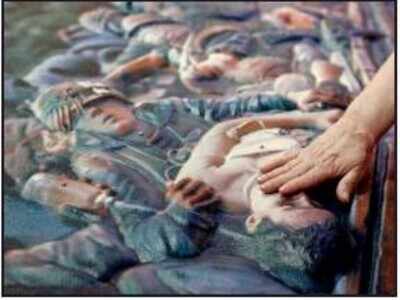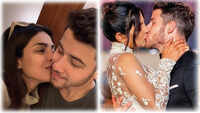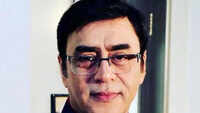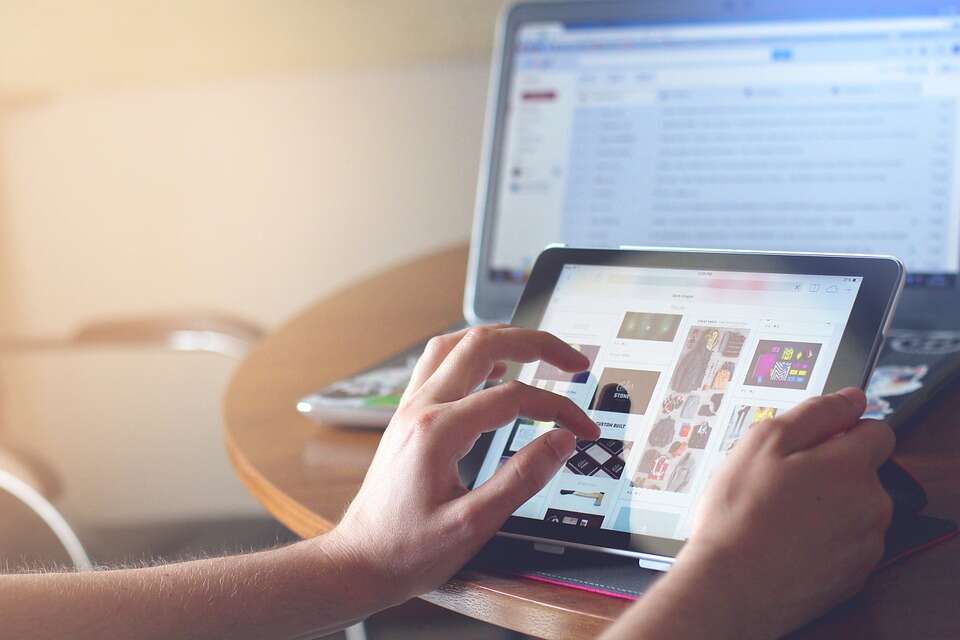
NEW ORLEANS: As people at the American Alliance of Museums’ trade show passed their hands along the raised figures in touchable versions of a Vietnam War photograph, small metal sensors touched off recordings to explain whose picture they were touching and what had happened to him.
At a nearby booth was a flat reproduction of a Van Gogh self-portrait with slightly raised, slicker areas to show both outlines and how brush strokes swept or swirled within those outlines.
Museums are working to make their collections more accessible for people with disabilities, said Elizabeth Merritt, vice president for strategic foresight for the alliance, which represents museums of all sorts, from tiny local history museums to huge zoos. Hours when lights and noise levels are kept low for people on the autism spectrum are another example of inclusiveness, she said, as are websites and apps designed to work with screen readers for the blind.
Not all touchable art is high-tech. The Singapore Art Museum commissioned three artists to make touchable adaptations of their own works, and plans more.
But tech has a big role. 3D Photoworks, of Chatham, New York, was created by photographer John Olson to make his work and other two-dimensional art accessible to the blind and visually handicapped. The company has digital artists carve out contours for scanned art. After the models are created, small metal sensors are added to trigger narrations about the work and the figures within which they’re set.
“I’ve never seen anything like that, where it integrates touch and sound,” said Sophie Trist, who has been blind since birth. Without audio, she said, “I wouldn’t have been able to tell the difference between a guitar and a banjo. ...If it were only the sound, it wouldn’t be the full picture, either”.
Other high-tech adaptations are 3D models made by the Brooklyn Museum for the “sensory tours” it has held for years for blind or partly sighted patrons. That museum also offers tours with headsets to amplify the guide’s comments as well as tours in American Sign Language.
The Louvre commissioned small low-relief models of parts of its exterior for exhibits about the museum’s own eight-century history, said Philippe Moreau of Tactile Studio’s Canada office, which did the work.
Though created to give blind and visually handicapped people a look at flat art, the works also offered a new view to the sighted.
At a nearby booth was a flat reproduction of a Van Gogh self-portrait with slightly raised, slicker areas to show both outlines and how brush strokes swept or swirled within those outlines.
Museums are working to make their collections more accessible for people with disabilities, said Elizabeth Merritt, vice president for strategic foresight for the alliance, which represents museums of all sorts, from tiny local history museums to huge zoos. Hours when lights and noise levels are kept low for people on the autism spectrum are another example of inclusiveness, she said, as are websites and apps designed to work with screen readers for the blind.
Not all touchable art is high-tech. The Singapore Art Museum commissioned three artists to make touchable adaptations of their own works, and plans more.
But tech has a big role. 3D Photoworks, of Chatham, New York, was created by photographer John Olson to make his work and other two-dimensional art accessible to the blind and visually handicapped. The company has digital artists carve out contours for scanned art. After the models are created, small metal sensors are added to trigger narrations about the work and the figures within which they’re set.
“I’ve never seen anything like that, where it integrates touch and sound,” said Sophie Trist, who has been blind since birth. Without audio, she said, “I wouldn’t have been able to tell the difference between a guitar and a banjo. ...If it were only the sound, it wouldn’t be the full picture, either”.
Other high-tech adaptations are 3D models made by the Brooklyn Museum for the “sensory tours” it has held for years for blind or partly sighted patrons. That museum also offers tours with headsets to amplify the guide’s comments as well as tours in American Sign Language.
The Louvre commissioned small low-relief models of parts of its exterior for exhibits about the museum’s own eight-century history, said Philippe Moreau of Tactile Studio’s Canada office, which did the work.
Though created to give blind and visually handicapped people a look at flat art, the works also offered a new view to the sighted.
Download The Times of India News App for Latest World News.
more from times of india news
World Cup 2019
Trending Topics
LATEST VIDEOS
More from TOI
Navbharat Times
Featured Today in Travel
Get the app








